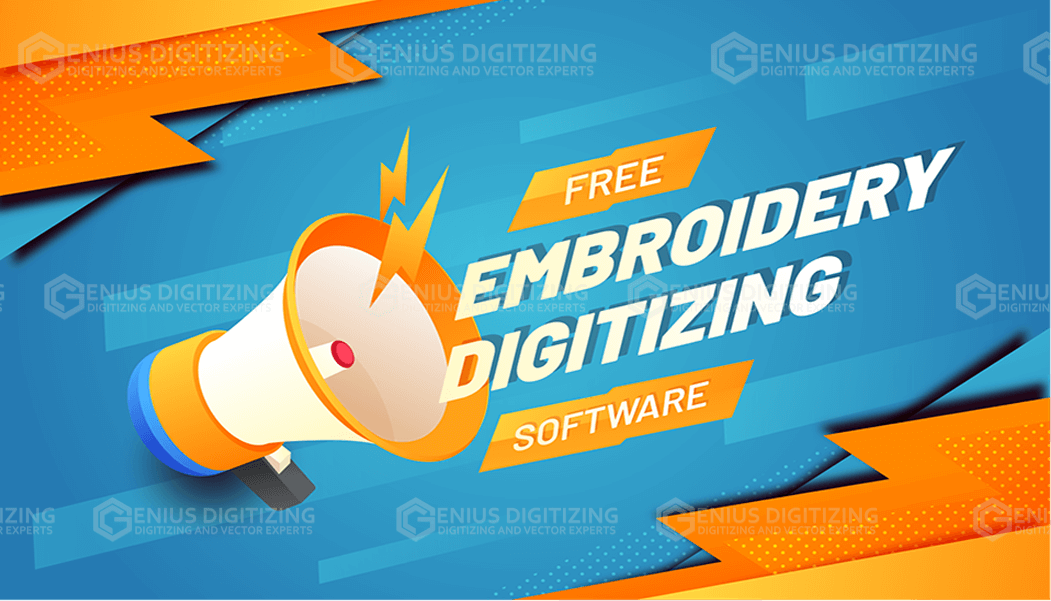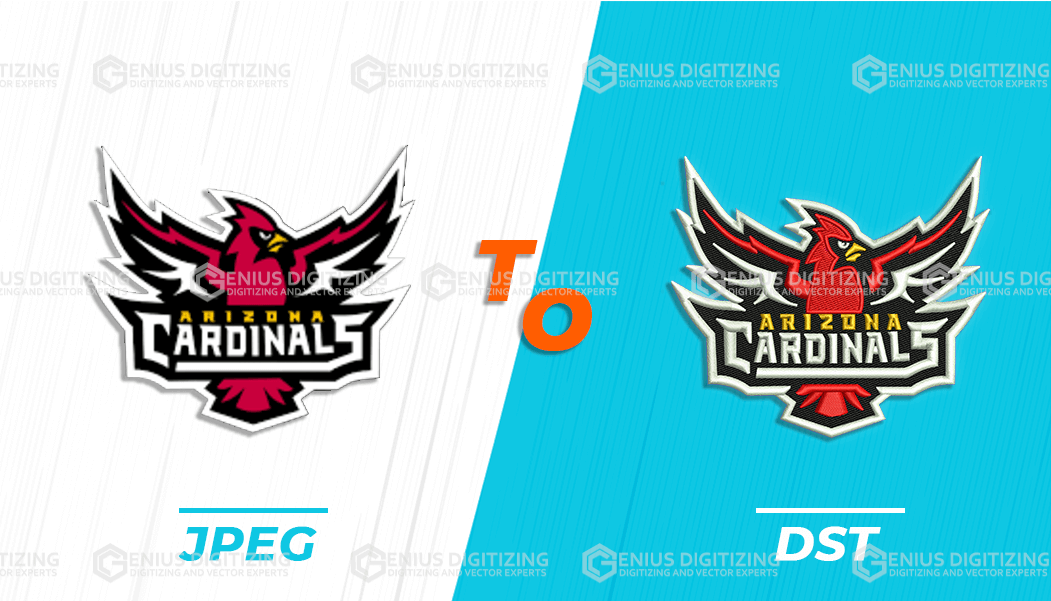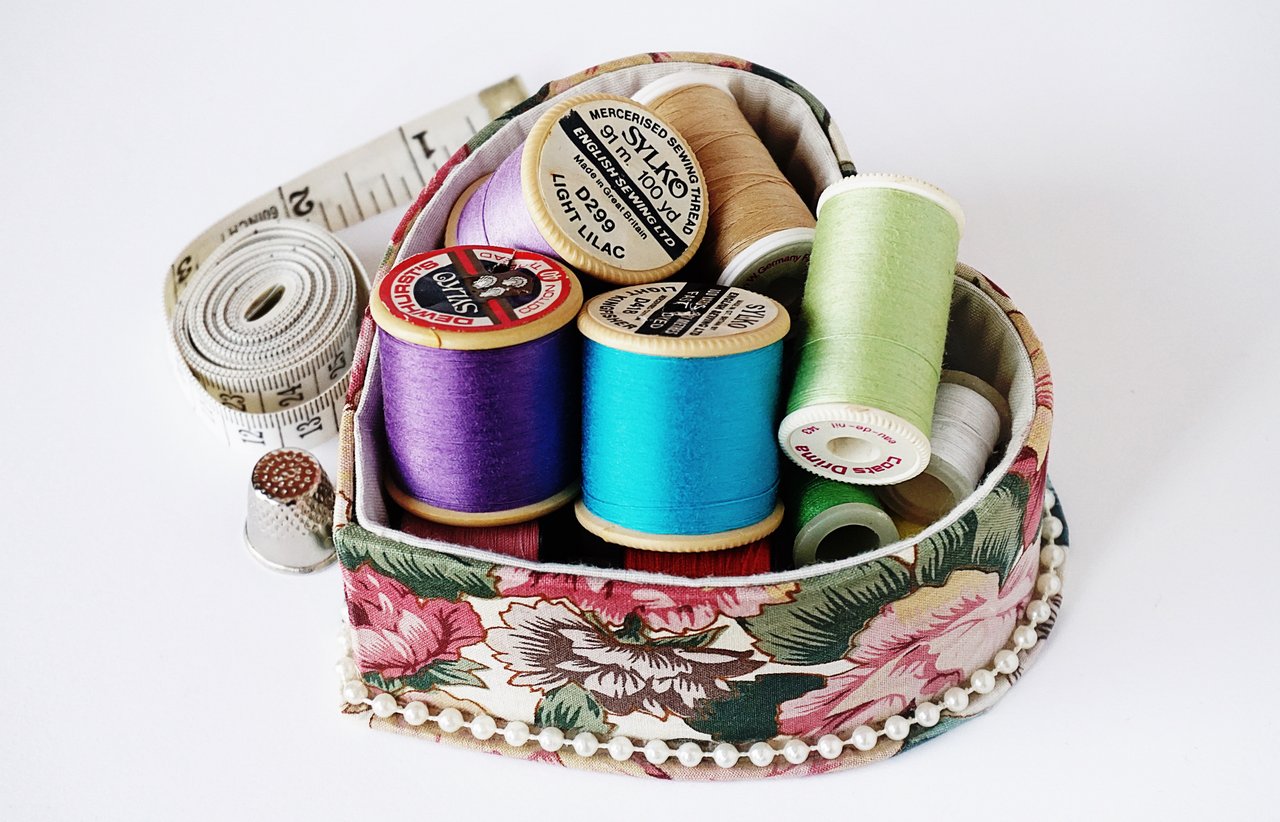How to start a screen printing business?
Have you lately been interested in starting a screen-printing business? Well, there are a lot of opportunities to make it big in the screen printing business, provided you adopt the right strategy to establish your company. According to industry numbers, you can make as much as USD 100,000 per year with your screen printing business (that’s an impressive number, right?).
Well, if you, too, are interested in getting started with the screen printing business, then you have come to the right place. Below, we will be detailing everything you need to know as a step-by-step guide to help you start a screen-printing business.
So, without wasting any time, let’s get straight to our guide to start a screen-printing business.
Step 1: The best approach to start a screen-printing business
Before you start investing in the trade, we highly recommend you invest your time researching the trade and see if that’s the right option for you. There may be tons of money to be made in the screen printing industry; however, it comes with its unique challenges like all other trades.
Also, each entrepreneur has their own mindset, which may not necessarily be fit for all businesses. For instance, you may be more interested in selling items to a targeted audience; instead of catering to a wide-open audience. Similarly, your approach and mindset may be more inclined towards managing a warehouse for an ecommerce setup.
The reason to understand your preferred business model is because the type of business model you adopt will eventually influence all business decisions you make going forward.
Below are some of the major categories of printing business models you can start with.
Printing for Private Label T-shirts
This is one of the most common types of screen printing business model, where you would be printing for specific private label brands.
To successfully venture into this business model, you will need to focus on a niche market and have the right resources and expertise to meet their requirements. You would also need to continuously add resources and expertise to expand into other markets.
Franchise
This is perhaps the easier route, aptly suited for entrepreneurs looking to generate early revenues. The franchise model simply involves adopting an already established brand and processes. This would require you to make a deal with the brand owners to purchase the right of use for the company’s branding and processes. You will be paying an upfront licensing fee and a recurring percentage of revenue in exchange.
The franchise model offers a higher success ratio, especially at the beginning of the business since you will be leveraging the company’s already established reputation and branding. Also, you will gain instant access to equipment, marketing and sales material to keep up with the demand.
Retail T-shirt Printers
This screen printing business model concentrates on small retail orders for custom printing jobs. Such businesses are often established in malls or small factories with printing equipment.
The costs of screen printing in this model are typically higher as compared to other models since you will be catering to a small number of custom orders; instead of bulk orders.
The ecommerce market has badly impacted this business model since today, retail customers looking for custom screen printing prefer to deal with online screen printing stores. Thereby, you may need to reconsider the business strategy and incorporate ecommerce platforms to reinforce sales.
Printing for E-commerce
The ecommerce industry has surged to claim over 50% of the retail sales globally. While this may be challenging for retailers, you can design an intelligent business strategy by getting in contact with an ecommerce store to cater for their custom screen printing needs.
You will simply need to procure the printing equipment and contact interested online custom screen printing businesses to outsource their requirement against a discounted price. Also, if you can deal with handling the shipment and delivery, you may broker a better deal with additional revenue.
Cost to start a screen-printing business
The total cost of starting a screen-printing business will vary significantly depending on the business model, scale and scope. However, you can typically start a screen-printing business for as low as USD 10,000.
While this may seem a hefty upfront investment, you can typically make around USD 3,500 per day; however, you would need to adopt the right business strategy and manage expenses (especially at the early stage of business).
Step 2: Getting your hands on screen printing process
Ok, once you are sure about the screen printing business model you need to pursue, next, you would
require to learn the processes involved in the trade. Some of the skills that you will need to learn include;
-
Designing
-
Technology
-
Business management
Design Skills
Even if you plan to hire a professional designer to manage the designing part, it’s always better to have at least a basic understanding of the trade to be able to manage business better.
Designing is the core component for all types of screen printing business because before you can screen print any fabric, you will have to come up with the designs.
Typically, designing for clothing articles is done on graphic design software like Illustrator or Photoshop. There are tons of other software you can also use to create digital designs for screen printing.
Since we are explicitly talking about screen printing, you would also have to create the screen from the design (we will get into the technical details later in the blog), although you may avoid this step if you decide to go with another type of printer.
For example, you may go with direct-to-garment printing, which allows direct printing of designs on the fabric. However, these sort of printers costs an upward of USD 22,000.
Technology
Apart from learning the designing skills, you will also need to get at least basic skills for the technology used in the screen printing business. The technology used in this trade broadly falls into two categories, including;
-
Technology used for production and printing
-
Technology used for business support and marketing
Here’s a brief overview of each of these technologies;
Production and Printing technology
As a screen printing business, you will need to learn the entire process of getting printed t-shirts and other clothing articles. For this, you will need to learn the operations of different software and machines. Some of the important technologies that are widely used in the industry include:
-
Embroidery
-
Screen printing
-
Cad Cut Vinyl
-
Direct to Garment
-
Transfer Printing
Again, you may only start with one technique; however, to be able to grow and expand business horizontally, you will likely need to incorporate all the available technologies.
Technology to support and manage business
Another important technology that you will need to master is business support and management technology.
Some of the technologies that you will need to implement for successful business growth include:
-
Marketing
-
Payment processing
-
Sales
-
Accounting
-
Shipping
-
Inventory management
-
Pricing
-
Client relationship management (CRM)
Each of these technologies will have a strong influence on the successful operation of your business; thereby, you will need to master these technologies to be able to sustain and expand your business.
Step 3: Business Name
Well, most of you will likely ignore this step till the last moment; however, we can’t stress enough the significance of keeping a strategic name for your business. Remember, your business name will directly communicate the brand philosophy and values to the audience, and thereby it should be tactically chosen for the targeted market.
How does your company name explain the business?
The company’s name will attract or repel the target audience big time. Typically, when we are talking about screen printing on t-shirts, the target audience is youngsters with rebellious souls or people who are willing to express and wear their thoughts proudly.
Thereby, your name should be catchy enough to attract the targeted audience and clearly communicate the business values and philosophy behind the brand. Also, the brand name should be unique enough to easily be identified and remembered amongst hundreds of competitors.
Here’re some great suggestions to consider while naming your screen printing business:
Is it easy to spell and remember?
While going with fanatic names or spellings may seem more attractive and aggressive, you should always lookout for practical feasibility of business aspects at the end of the day. Weirdly spelled words may be too complicated for users to remember. Also, weirdly spelled business names are harder to get ranked on search engines (that’s where you would get the most marketing and customers).
So, instead of going with some crazy-sounding name like Namubatuta Printing, try to come up with some valid, easy to remember, and relevant name that’s easy on users and search engines.
Location
Another pro tip while keeping the name of the business is to add the state or city with it. Names like Chicago Screen Printing or Bold Screen Printing New York can add a lot of localization to the brand. This not only help you get more local customers, but it’s also easier to rank such names on search engines through local SEO techniques.
Branding
Another important consideration for your business name should be the branding reflection. The name of your business should instantly reflect your business model like Custom Screen Printing Wisconsin. This will help the audience understand what your business does, and you won’t lose customers to ambiguity.
Register a .com
While you can definitely go with a localized domain name like .us or .ca, we recommend going with a .com domain since it is the easiest to relate to and hints at the company's global scale.
Step 4: Come up with a business plan
Unfortunately, many small and local businesses greatly downplay the significance of a business plan. In reality, a business plan is the most essential and sacred document that determines the business's entire vision, philosophy, objectives, and strategy.
Without a comprehensive business plan, you would likely be wandering aimlessly with zero control over crucial business aspects. Also, without a comprehensive business plan, you won’t be able to secure investment or create business partnerships.
A detailed business plan should clearly state the business's core objectives, with the strategy to achieve continuous growth.
Step 5: Establish the legal structure
Now that you have your business name, domain, and business plan, it’s time to set right the company's legal structure. While you may move forward on your own, it’s best recommended to hire professional legal representation like attorneys or tax specialists to settle things for you. This way, you will be able to get started quickly with your business.
Licenses, permits, and tax
The licensing, permits and tax requirements for screen printing business will vary considerably from country to country and even from state to state. That’s why it is best to check out all the relevant federal, state, and local permits and taxes you may need to conduct your business legally.
Sole proprietorship
A sole proprietorship is the simplest of all legal structures to start a local screen printing business. However, the downside of the structure is that the owner’s assets are vulnerable to legal issues.
To put it simply, with a sole proprietorship business structure, you will be held legally responsible for any loss, and you may lose the company or even home to lawsuits. Thereby, we only recommend this legal structure for companies who can’t afford an LLC structure.
Nonetheless, as a sole proprietary business, you can join the American Independent Business Alliance, whereas you can also submit the Schedule C special tax form.
Limited Liability Corporation (LLC)
A limited liability corporation or LLC is a highly recommended and widely used business structure globally. Entrepreneurs and businessmen prefer the LLC business structure since it protects their private assets.
Each state will have varying requirements for establishing an LLC business, whereas most states require businesses to submit an operating agreement document. You may also compare the legal aspects surrounding the formation of an LLC company in different states and choose the state with more liberal or business-friendly laws.
Partnerships and corporations
Well, partnerships and corporations are not recommended for small and medium businesses; rather, they are more typical for large enterprises or legal firms. Nonetheless, you may explore the possibilities of partnerships and corporations’ structure to see if they may deem fit for your business.
Franchise
Franchising is yet another widely adopted business structure that comes with a range of benefits for small businesses. The franchising structure is simply about buying the right to use another brands’ name for your business. Here, you will have to pay a licensing fee upfront for the brand name, whereas you would also be paying a specific percentage of revenue to the parent company.
On the positive side, the franchise model can help small screen printing businesses get a head-start by leveraging the brand's already established market and customers. Also, you will get all the training, equipment and established processes as part of the package.
Step 6: Preparing for Customers
Congratulations, your screen printing business is not a legal entity; however, there’s much more to be done.
Moving on, you can choose the order of steps; depending on your business model, available resources and skillset.
Nonetheless, from here on, you will have to focus on the following aspects to get started with your business:
Location – where do you intend to work from?
Equipment – what equipment and inventory will you be buying? Who will pay for it?
Finances – how do you intend to raise funds for the company?
Accounts – how will you manage the company’s accounts and financial records?
Marketing – how do you plan to attract customers to your business?
Employees – do you intend to have employees? If yes, how will you hire the best resources?
Insurance – how do you intend to protect your business?
Step 7: Location
When it comes to choosing the location for your screen printing business, the choices will vary greatly depending on your preferences, business model, and costs of operating business. For instance, if you have a few corporations that you tend to hook, setting up your business near them will be beneficial.
Contrarily, you may choose a location based on the area's business operation cost. If you intend to work for some online brands, you can set up the business in a relatively suburban area to save costs. Alternatively, if you are looking for a retailer screen printing business, you would have to set up the business in a mall with high foot counts.
No matter where you decide to set up your business, here are a few aspects you should consider before committing to a place;
-
The location should have adequate space to host equipment and inventory safely
-
The location should have space for a few cabins and offices
-
The location shouldn’t be too far away from targeted customers
-
The location should be large enough to scale business in future
Step 8: Equipment and inventory
Moving on, you would need to procure equipment and inventory for running your new screen printing business. Foremost, you will need shirts and tees you intend to sell. You will also need display stands, a computer for designing, registers, and machines for printing.
You may need multiple printing machines to cater to different types of tees and to offer different types of printing solutions. For instance, you may need heat presses, embroidery stations, or DTG printers. Also, you would need to compare available options from the market and choose the right machines that meet your needs.
Go for used machines and product displays
Since most startups are cash strapped, you will have to use the available capital to sustain the business intelligently. Going with used screen printing equipment is one way to save fortunes. You can easily find used equipment at considerable discounts in the market.
Online stores are the best way to procure used machines like printers or product display equipment. You can easily find various online stores offering used equipment and machines at incredibly discounted prices. Alternatively, you may search out the required equipment and machines on pawnshops or any local store going out of business.
Another way to save huge investment is to buy out an existing business. However, to make a good deal, you will have to perform due diligence and business valuation to ensure you only pay a fair price for the acquisition.
Step 9: Employees
Another important aspect you have to handle is getting the right employees on board. Also, as a startup, you may decide to go along, at least initially, to save on costs, but that’s not recommended. Remember, the screen printing business is a multi-faceted trade, where you need to have creative designers and experienced technicians to complete the job.
There are other core business aspects, like client relationship management, sales, marketing, finance & accounts, all of which requires your time and energy. Thereby, it is recommended to hire employees who can handle a few aspects of the business (creative, technical or financial) and leave you with ample time to look out for growth strategies.
Also, if you decide to go with employees, you will need to consider multiple considerations, including;
Tax filing and withholding
You will be liable to federal and state tax filing as an employer. You will be responsible for keeping records of employment taxes (the number of record years may vary from state to state).
Job Posting
As a startup, you need the best resources that can work with you to grow the business. For this, you will have to use multiple job placement platforms to attract the top talent. Some popular job posting platforms you can use to hire employees to include:
-
Indeed
-
LinkedIn
-
Facebook
-
Craigslist
-
Zip recruiter
All of these are great platforms for placing job postings. You can use single or any combination of platforms to attract the right talent for your business
Interviews
Once you get the resumes for the job posting next, you would have to conduct interviews to assess the skills and fit of the candidate in your business. The key here is to place equal weight on the technical and soft skills of the candidate and see if the candidate is ready to jump on the growth journey with your business.
Compensation
You would also have to bear compensation and other related expenses for employees. Some popular compensation structures followed by businesses include;
-
Hourly
-
Salary
-
Commission
-
hybrid
Step 10: Financial Management
Financial management is crucial to the success of any business, and the screen printing business is no exception. Below are some tips that can help you better manage the finances of your screen-printing business.
Budgeting is important
For any small business, creating a budget is crucial to managing finances. Without a well-planned budget, any small business will fade away within the first few years.
Fortunately, there is some free budgeting software, which you can use to create a budget for your small screen-printing business. Below are some free budgeting software you can check out for assistance;
dsBudget: It’s a free, open-source budgeting software; however, it requires some development experience
to leverage complete functionalities
QuickBooks: One of the most widely-used budgeting and accounting software that is used by millions of businesses globally to manage accounts. It’s easy to work with and offer various functionalities, even for the basic free version.
Xero: Yet another legacy accounting software that millions of businesses used to manage their accounts. The software comes with various automation features to ease up the process of budgeting and accounts for businesses.
You may find any other free budgeting software to start with, and once the business scales, you can also switch to the premium version.
Raising financing
Next, you would have to consider funding options to finance the newly established screen-printing business. Here are a few popular options amongst entrepreneurs to raise initial funding for the business;
-
Personal savings
-
Loan from family or friends
-
Angel investment
-
Venture capital
-
Home equity loan
-
crowdfunding
-
Government programs
Step 11: Marketing
Well, now that we have covered all the basics, it’s time to get rolling.
For all the investment of time, money and energy, you now need to start selling like crazy to turn your small business into a profitable entity.
To achieve this, you will need a solid marketing strategy! We can’t stress enough the importance of good marketing tactics for any successful business venture.
Here are some tips to get you started with affordable and strategic marketing;
Networking: as an entrepreneur, your network is your net worth. That’s why you now need to build relationships like crazy. It will pay off big time!
Focus on SEO: Search Engine Optimization or SEO is at the core of all digital marketing strategies. This is what will help you to establish yourself on the Google search engine and drive traffic to your website
Social Media Marketing: social media platforms offer the best and most affordable solution for businesses to connect with customers and transform into a brand.
Make no compromises on customer servicing: Remember the mantra; the customer is king! Make no compromises on delivering 100% client satisfaction every time.
Use Analytics: In today’s digital world, your ability to use analytics makes all the difference. Make sure you use analytics strategically to gain insights into customers’ behavior and adjust marketing campaigns accordingly.
Time to fly!
Well, it’s your time to rise and shine. We hope you now have ample knowledge to initiate a successful screen-printing business. Just make sure you have covered all the basics, and you are good to dominate the market!











